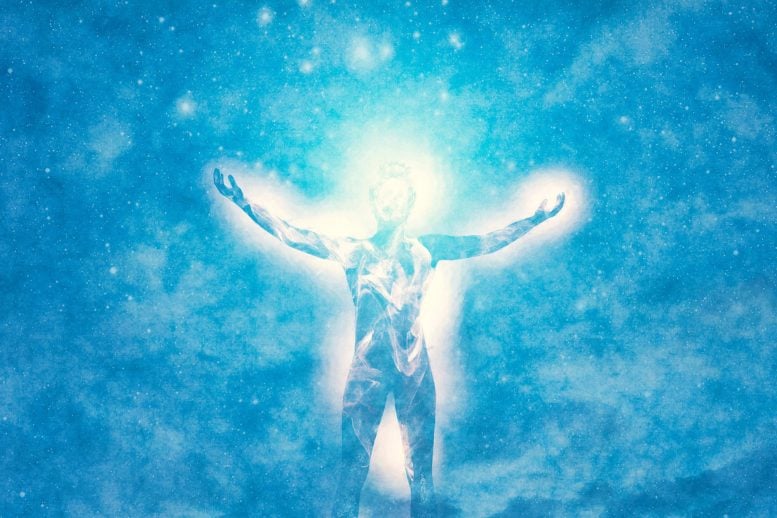
A small study has provided initial evidence of heightened activity in the brain during the process of dying, potentially related to consciousness. The research observed four patients in comatose states, following cardiac arrest, who were under EEG monitoring at the time of their deaths. In two of these patients, a surge of gamma wave activity, linked with consciousness, was recorded upon the removal of ventilator support. This activity was identified within the brain’s “hot zone”, associated with dreaming and altered states of consciousness. However, due to the small sample size and the fact that the patients did not survive, the team cautioned against drawing definitive conclusions, stating that larger studies are needed to fully understand these brain wave patterns.
New research finds intriguing brain wave patterns in comatose patients who died following cardiac arrest.
Reports of near-death experiences—with tales of white light, visits from departed loved ones, hearing voices, among other attributes—capture our imagination and are deeply engrained in our cultural landscape.
The fact that these reports share so many common elements begs the question of whether there is something fundamentally real underpinning them—and that those who have managed to survive death are providing glimpses of a consciousness that does not completely disappear, even after the heart stops beating.
A new study published on May 1, 2023, in the Proceedings of the National Academy of Science (PNAS), provides early evidence of a surge of activity correlated with consciousness in the dying brain.
The study, led by Jimo Borjigin, Ph.D., associate professor in the Department of Molecular & Integrative Physiology and the Department of Neurology, and her team is a follow-up to animal studies conducted almost ten years ago in collaboration with George Mashour, M.D., Ph.D., the founding director of the Michigan Center for Consciousness Science.
Similar signatures of gamma activation were recorded in the dying brains of both animals and humans upon a loss of oxygen following cardiac arrest.
“How vivid experience can emerge from a dysfunctional brain during the process of dying is a neuroscientific paradox. Dr. Borjigin has led an important study that helps shed light on the underlying neurophysiologic mechanisms,” said Mashour.
The team identified four patients who passed away due to cardiac arrest in the hospital while under EEG monitoring. All four of the patients were comatose and unresponsive. They were ultimately determined to be beyond medical help and, with their families’ permission, removed from life support.
Upon removal of ventilator support, two of the patients showed an increase in heart rate along with a surge of gamma wave activity, considered the fastest brain activity and associated with consciousness.
Furthermore, the activity was detected in the so-called hot zone of neural correlates of consciousness in the brain, the junction between the temporal, parietal and occipital lobes in the back of the brain. This area has been correlated with dreaming, visual hallucinations in epilepsy, and altered states of consciousness in other brain studies.
These two patients had previous reports of seizures, but no seizures during the hour before their deaths, explained Nusha Mihaylova, M.D., Ph.D., a clinical associate professor in the Department of Neurology who has collaborated with Dr. Borjigin since 2015 by collecting EEG data from deceased patients under ICU care. The other two patients did not display the same increase in heart rate upon removal from life support nor did they have increased brain activity.
Because of the small sample size, the authors caution against making any global statements about the implications of the findings. They also note that it’s impossible to know in this study what the patients experienced because they did not survive.
“We are unable to make correlations of the observed neural signatures of consciousness with a corresponding experience in the same patients in this study. However, the observed findings are definitely exciting and provide a new framework for our understanding of covert consciousness in the dying humans,” she said.
Larger, multi-center studies including EEG-monitored ICU patients who survive cardiac arrest, could provide much-needed data to determine whether or not these bursts in gamma activity are evidence of hidden consciousness even near death.
Reference: “Surge of neurophysiological coupling and connectivity of gamma oscillations in the dying human brain” by Gang Xu, Temenuzhka Mihaylova, Duan Li, Fangyun Tian, Peter M. Farrehi, Jack M. Parent, George A. Mashour, Michael M. Wang and Jimo Borjigin, 1 May 2023, Proceedings of the National Academy of Science.
DOI: 10.1073/pnas.2216268120
Additional authors on this paper include Gang Xu, Duan Li, Fangyun Tian, Peter M. Farrehi, Jack M. Parent and Michael Wang.


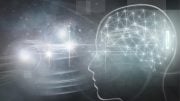
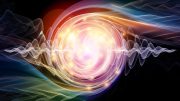
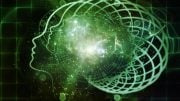
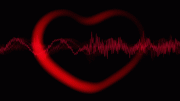
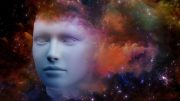

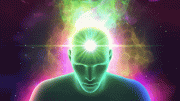
The two that had activity spikes were screaming “I’M STILL ALIVE! DON’T PULL THE PLUG YOU DUMMY!
Thank You Maxwell ! !
While reading the article, I wondered why the ‘scientists’ thought the brain was ‘dysfunctial’?
Why did you put the word scientists in quotes? Do you have reason to accuse them of not being bona fide scientists? Would you care to put forward your evidence?
Sorry for the spelling,,,,in my 8th decade I miss a few things now and then,,,,but MY BRAIN is still FUNCTIONAL.